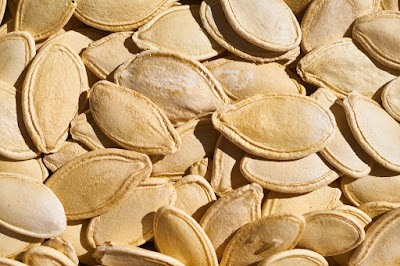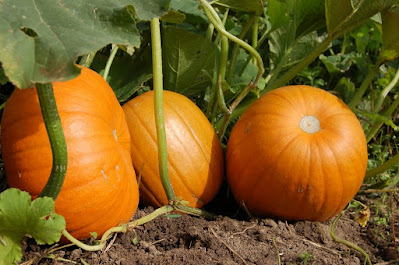horticulture guruji
Pumpkin Cultivation
A winter squash (Cucurbita pepo) cultivar is known as pumpkin (Cucurbita moschata). Which is round with smooth, thinned skin and deep yellow to orange coloured. Originated in North America ( Mexico) pumpkins are one of the ancient domesticated plants, having been used as early as 7,500 to 5,000 BC. The young leaves, flowers and fruits are rich in carotene, a precursor of vitamin A. Medicinal uses of pumpkin to reduce tapeworm infection and its use as a diuretic. Pumpkins are grown for as food, commercial use, aesthetics, and entertainment purposes. In this topic, you can learn its cultivation.
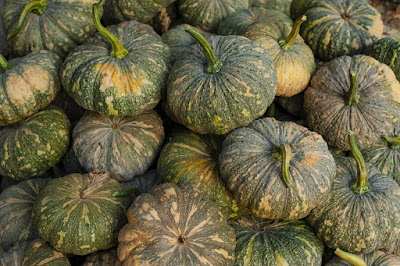
Other Name:- Sitaphal, Kashiphal, Kushmand, Lal Kumhda, Kaddu, Petha, (Hindi) ,Butternut Squesh, Vegetable of immense value, Red Gourd
Botanical Name: Cucurbita moschata
Family: Cucurbitaceae
Chromosome Number: 2n= 40 (Natural Amphidiploid)
Origin: Mexico, Peru
Area and production
- Pumpkin is grown throughout India. As it tolerates hotter conditions than the other cultivated species of Cucurbita. Major pumpkin growing states of India are Orissa, Assam, Rajasthan and Punjab.
- Orissa cover about 85% area and 90% production of pumpkin cultivation.
- In 2018 according to NHB database total pumpkin cultivated area is 78,000 hac. with the production of 17,14,000 MT.
Watch Lecture Video
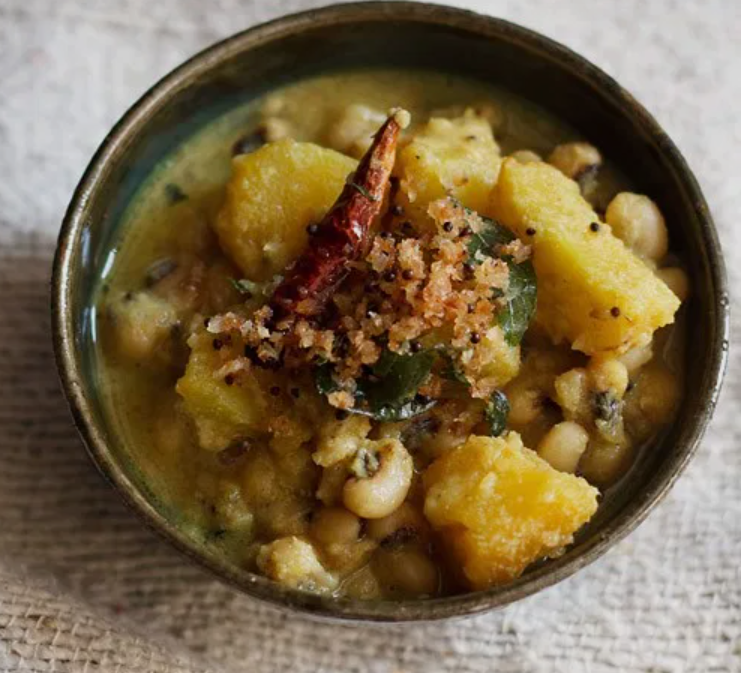
Important Points
- The toxic substance present in pumpkin is choline esterase.
- Yeruseeri: is prepared from immature fruits famous in Kerela
- Pumpkin is a monecious plant but some cultivar produces more no. of male flower than female so these cultivars are used as pollinator varieties along with female producing varieties at the ratio of 1:3 male and female respectively.
- Pollination through honey bees.
- Flowers of pumpkin have more nutritive value than fruits.
- An insecticide is prepared from seeds of pumpkin by Indian Institute of Chemical Technology, Hyderabad.
- Insecticidal properties due to Kyamocine -2 chemical.
Economic importance
- Immature and mature fruits are cooked as a vegetable and mature sweet flesh is used to prepare halwa, sweets and jam also.
- They can also be candied or fermented to give a beverage.
- The Yerusseri or erissery prepared from immature fruits is very popular in Kerala. Pumpkin erissery is a mild and tempered curry with light sweet tones made with pumpkin, cowpeas & coconut.
- The fruit is also mixed with tomato in the preparation of the sauce.
- The seeds after removing from seed coats are used in confectionery.
- The young leaves, flowers and fruits are rich in carotene, a precursor of vitamin A.
- Medicinal uses of pumpkin to reduce tapeworm infection and its use as a diuretic.
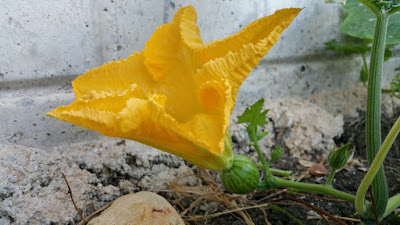
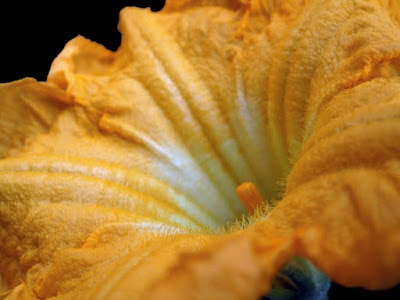
Climate
The plant requires long warm weather but it can survive in low temperature. The optimum temperature 25 -300C requires for successful cultivation. Above 40°C and below 15°C the growth of the plant will be very slow and the yield goes down. Short-days, low-night temperature and high relative humidity are best for pumpkin production.
Soil
Well-drained, deep and rich in organic matter Sandy loam or loamy soil is preferred. Due to the long taproot system, it is also suitable for river beds. The best pH should be 6.0-7.0. Pumpkin is sensitive to acidic soils.
Varieties
Arka Suryamukhi: Resistant to fruit fly, IIHR
Arka Chandan: Pleasant Aroma, IIHR
Pusa Viswas
Pusa Vikas
Co. 1 : TNAU
Co. 2 : TNAU
Ambili: KAU, Vellanikkara
Saras: KAU, Vellanikkara
IIHR 93-1-1-1
VRM 5-10: Resistant to green motle virus and Downy mildew.
CM 14:
Sonal Badami: YSPUH&F.Solan
Sooraj: KAU, Vellanikkara
Suvarna: KAU, Vellanikkara
Pusa Hybrid-1: Hybrid
CM-350
Azad Kaddu
Narendra Agrim
Narendra Amrit
NDPK 24
Golden Hubbard
Green Hubbard
Barsathi
Chaitali
S-107
S-101
Australian Green
Sowing Time
- This crop is grown in summer and rainy seasons.
- In South India, pumpkin is sown throughout the year but the best time is June-July and December-January.
- In North Indian hills the crop is sown in April-May
- June-July or January-March in plains of North India.
Seed Rate
For one hectare of planting about 5-6 Kg seeds are required.
Methods of Sowing
Seeds are sown on ridges or raised beds at a spacing of 1.5m X 0.75m. Generally, 3-4 seeds are sown in a pit.
Manure and Fertilizers
The doses of manures and fertilizers depend upon the soil type, climate and system of cultivation.
Table: The recommended dose for some states are given below
|
State |
N (kg/ha) |
P (kg/ha) |
K (kg/ha) |
|
Punjab |
100 |
50 |
50 |
|
Himachal Pradesh |
150 |
100 |
50 |
|
Karnataka |
100 |
90 |
40 |
|
Madhya Pradesh |
60 |
50 |
50 |
|
Assam |
80 |
80 |
80 |
Well rotten FYM is applied as basal dose along with the full dose of phosphorus and potash and half dose of nitrogen. The remaining nitrogen is to be applied in two equal split doses at the time of vine growth and at the time of full blooming. In general, high N under high-temperature condition promotes male flowers resulting in low fruit set and low yield.
Irrigation
During initial stages of growth, irrigation the crop at an interval of 3-4 days Later irrigation may be given at 5-7 days intervals. At the time of flowering and fruiting, irrigation should be given on alternate days. Excessive irrigation at maturity affects the storability.
Weed control
2-3 weeding may be done during the early stage of growth. During the time of manuring, raking of soil should be done. According to Khurana et al. (1988), pre-plant incorporation of Besulide @ 4-6kg/ha or Alachlor 2.5kg/ha as pre-emergence can be used for weed control in pumpkin.
Use of Growth regulators
Ethrel can be applied to increase the female flower production which helps to increase the yield. The first spray has to be given at 2 true leaf stage (15 days after sowing) and second at 4 leaf stage.
Training and Pruning
Excessive vine growth can be pruned manually to promote higher female to male ratio. Then the plants are irrigated immediately. Generally, vine trained on the ground itself.
Harvesting
It is better to harvest at the tender stage as a vegetable, this increases the yield. But for storage and seed extraction, it should be harvested only after full maturity. At full maturity stage, it can be store 4-6 months. The pumpkin crop will reach maturity in about 75-180 days after seed sowing depending on the variety, season and other conditions.
Fully matured fruits have to be harvested after the skin colour has turned completely brown from green colour and the pedicel (fruit stalk) separates from the vine or dried.
Yield
The yield varies from 150-190 q/hac. in the rainy season and from summer season the yield varies from 67 to 75 q/hac.
